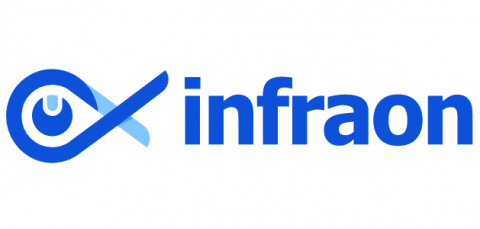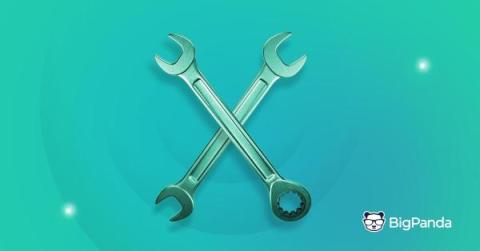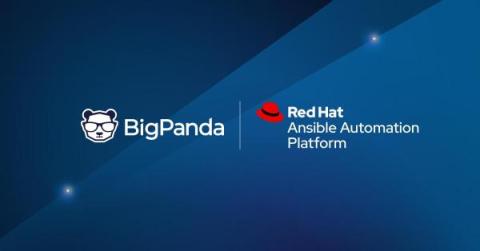Operations | Monitoring | ITSM | DevOps | Cloud
AIOps
The latest News and Information on AIOps, alerting in complex systems and related technologies.
What is tool consolidation - and how can AIOps optimize it?
Tool consolidation is the process of analyzing which IT observability and monitoring tools to use, which to add, and which to retire. By carefully determining the usage and value of your current observability stack, your ITOps teams can consolidate redundant tools and those providing little value to reduce your operational costs. While the benefits of tool consolidation are clear, doing so is anything but.
Tame observability complexity: Understanding the observability tool landscape
Choosing, deploying, maintaining, and rationalizing observability and monitoring tools can be a constant challenge for ITOps, DevOps, and SRE teams. As teams monitor increasingly complex systems, the need for instrumentation that monitors those systems grows at the same rate, leading directly to a growing problem of observability data engineering, integration, and enrichment.
Unleash the potential of intelligent, context-aware automation with BigPanda and Ansible
Many ITOps organizations we speak with want a state of self-healing systems capable of identifying and resolving issues without human intervention. Thanks to the progress in AI and ML, AIOps has made significant advancements in areas that automate many of the steps involved with identifying and triaging incidents. We ask ITOps leaders why they aren’t taking the next step with auto-remediating incident response workflows.
Understanding intelligent alerts in ITOps and alert management best practices
As an ITOps leader, you know managing enterprise IT can be challenging, with its mix of old and new, on-site and cloud-based systems. Closely monitoring each part of the system infrastructure and its many components is a constant struggle, forcing you and your team to juggle non-stop alerts and keep services up and running. How can you stop alert fatigue and gain clarity when alerts are incessant, unclear, and lack the necessary context? The answer lies in intelligent alerts.
How Large Language Models Really Work
A tool rationalization head start with BigPanda
Tool rationalization, sometimes called tool consolidation, is the systematic analysis of observability and monitoring tools, the consideration of onboarding new tools to fill gaps, and the retirement of unnecessary tools. Perhaps you and your IT team are struggling with constantly buying new tools to meet a very niche use case to unlock new capabilities.
Data-driven insights with AIOps: Making informed IT decisions
Information technology (IT) departments are always juggling multiple tasks in the fast-paced world of modern business, from maintaining the network infrastructure to guaranteeing data security and enhancing system performance. Even the most seasoned IT professionals can get overwhelmed by the sheer volume of data created and the rising complexity of IT systems. Artificial intelligence for IT operations (AIOps) can revolutionize the way businesses manage their IT environments in this situation.
What is ServiceNow IT Operations Management - and how does it work with AIOps?
Is your company using ServiceNow IT Operations Management or considering using it? If so, you know the importance of enhancing the visibility of your IT infrastructure and services, protecting against service disruptions, and enhancing your company’s operational flexibility. In this blog, we’ll discuss how ServiceNow ITOM works, improves visibility across the entire IT infrastructure, and streamlines operations. We’ll also discuss how ServiceNow ITOM is better together with AIOps.
Gulf Tech Bytes - Gitex Edition (Dubai) | Shailesh Manjrekar | CloudFabrix
#CloudFabrix #aiops #cisco #ciscofsoplatform











